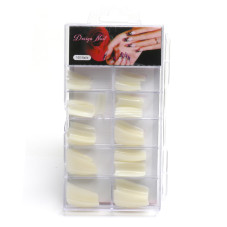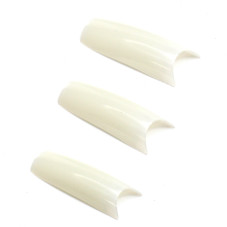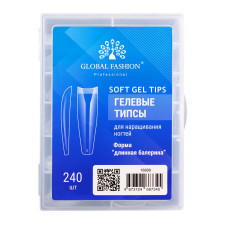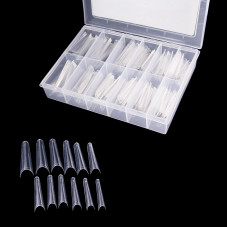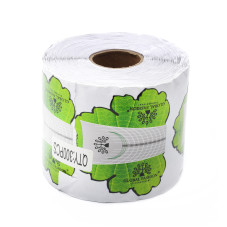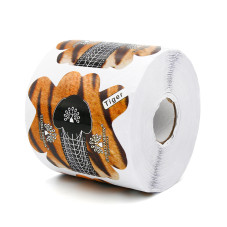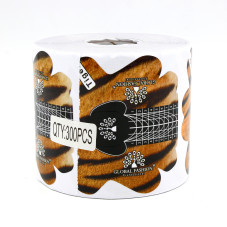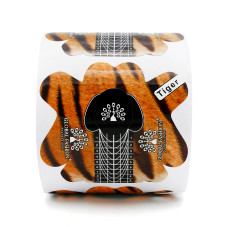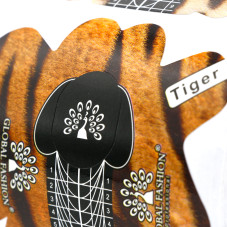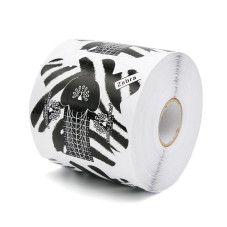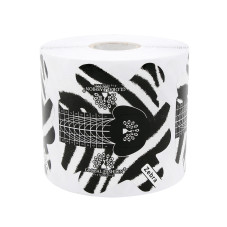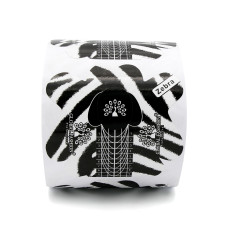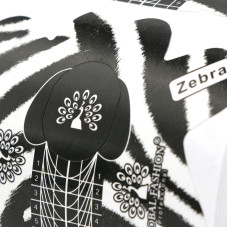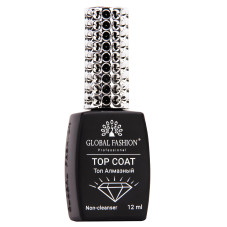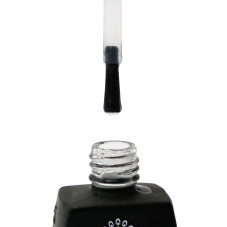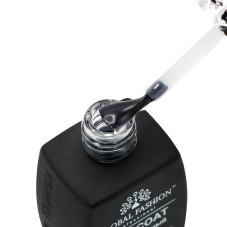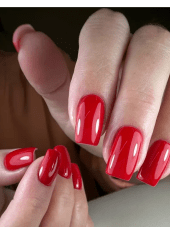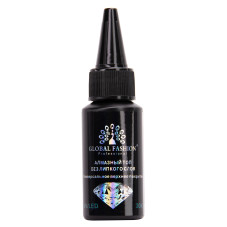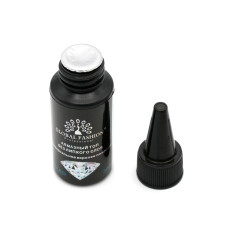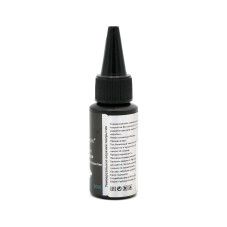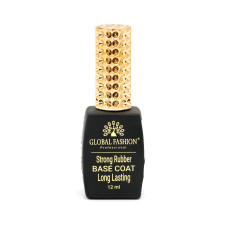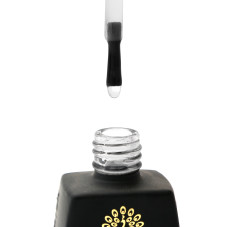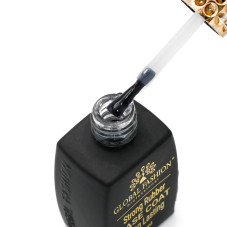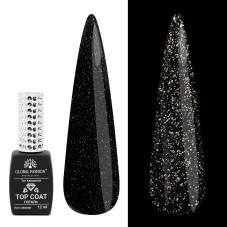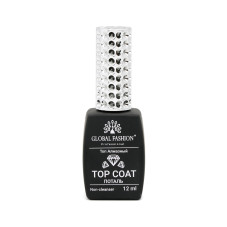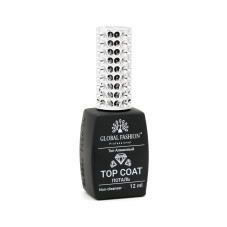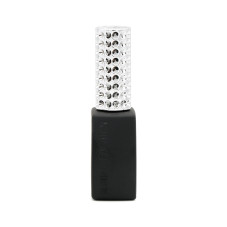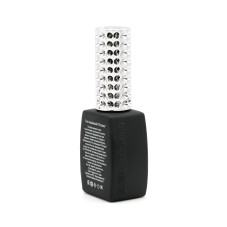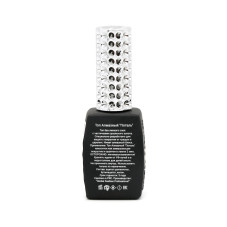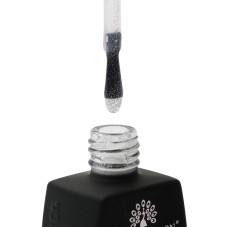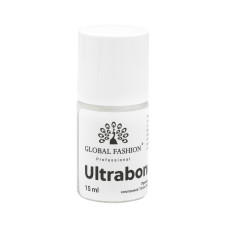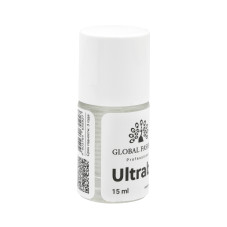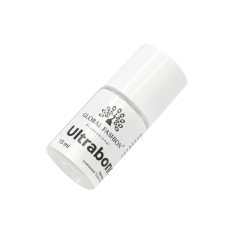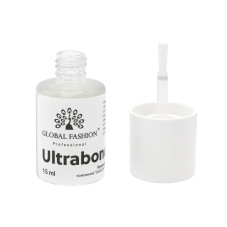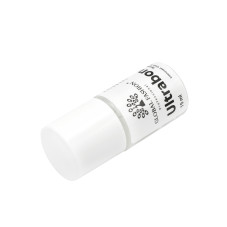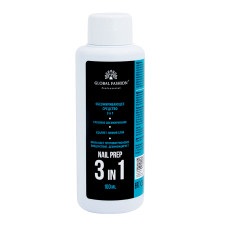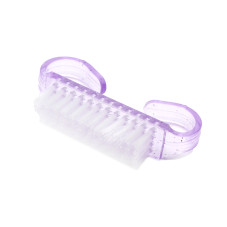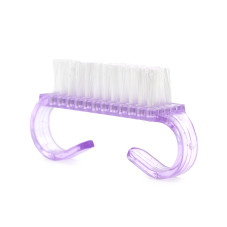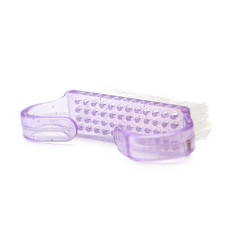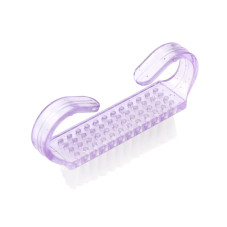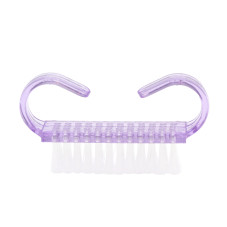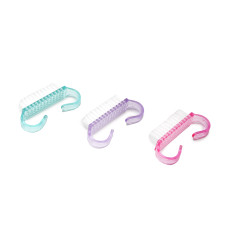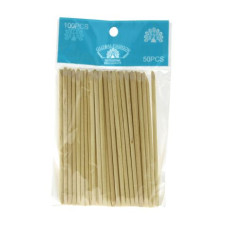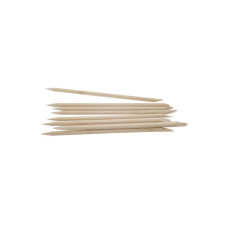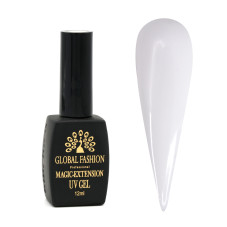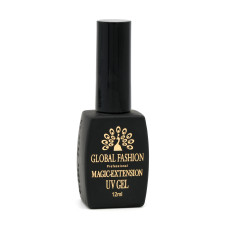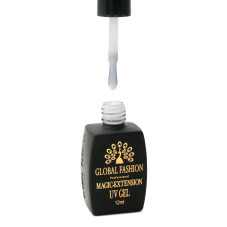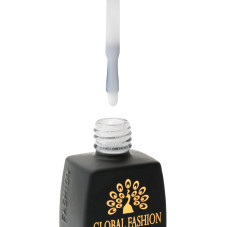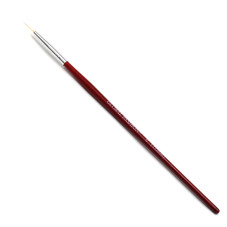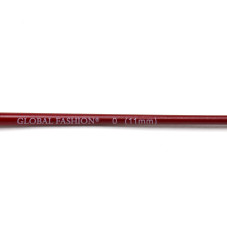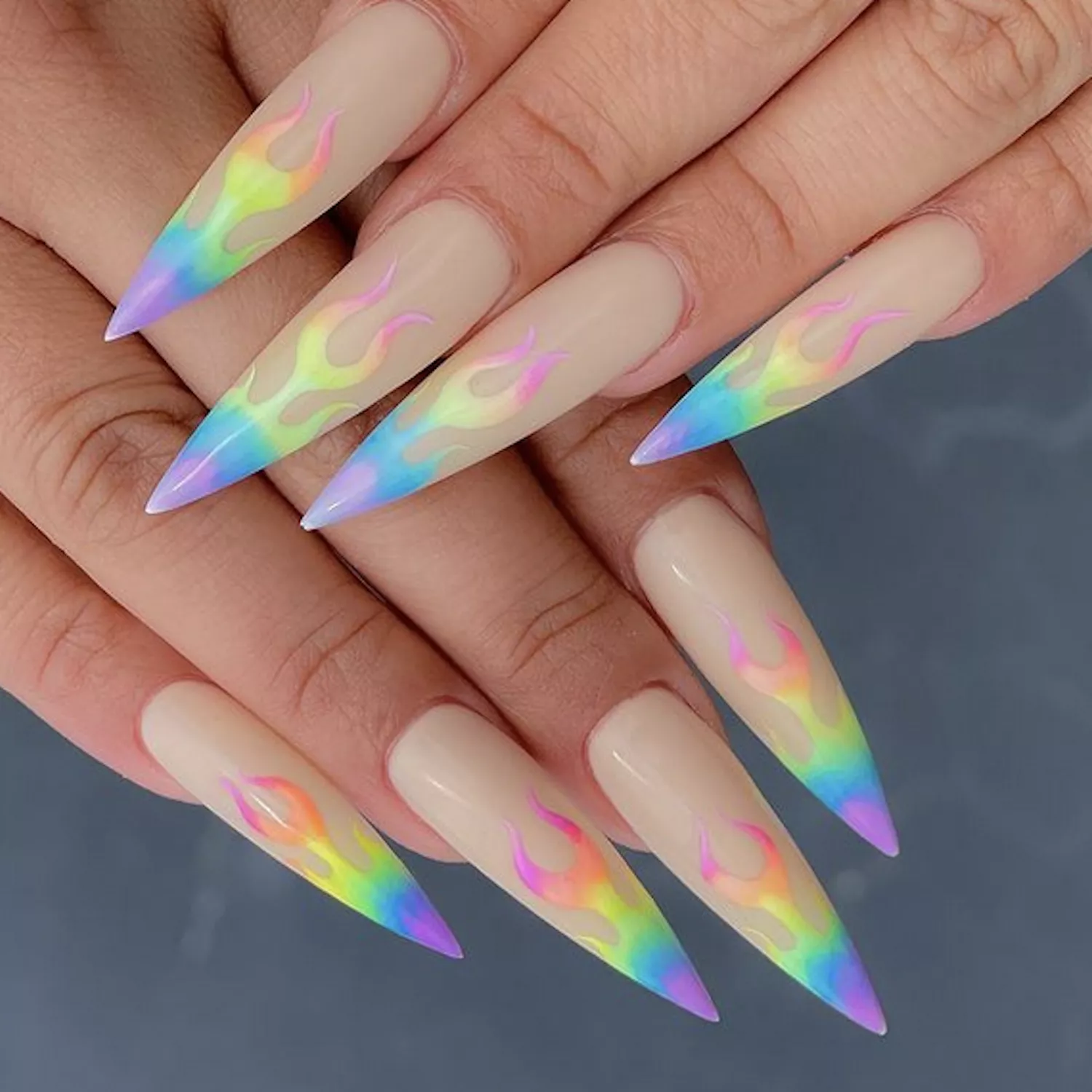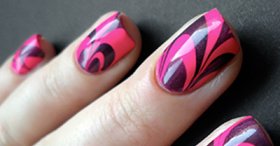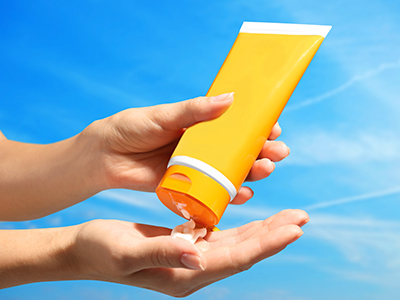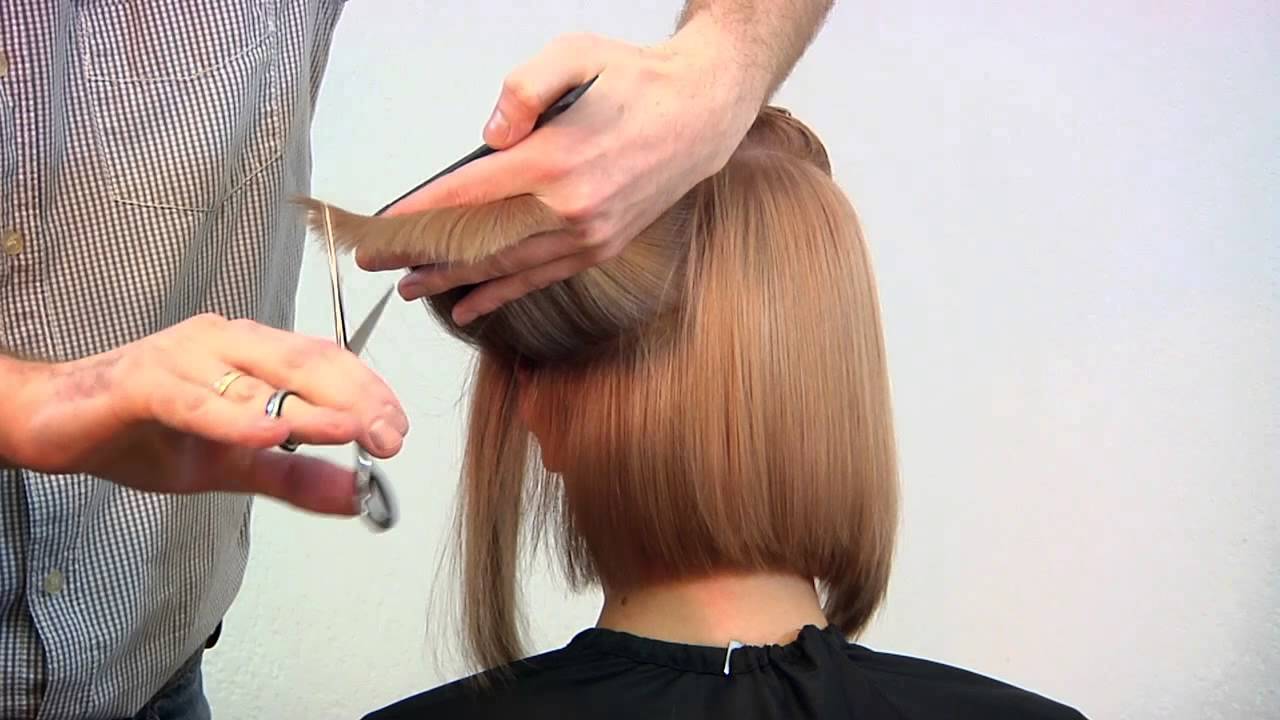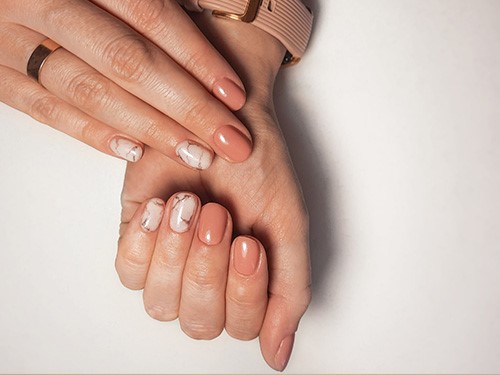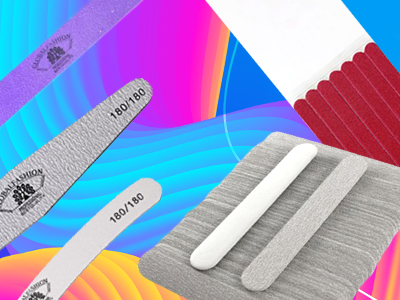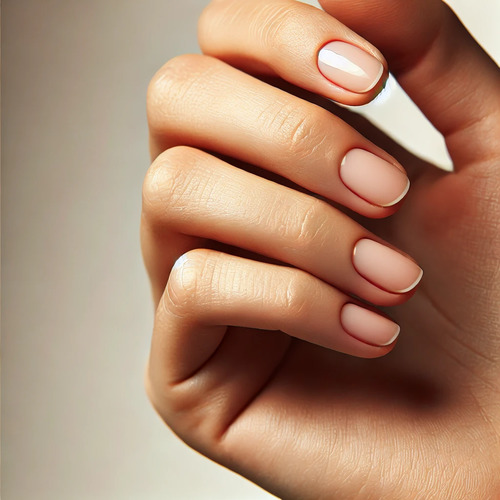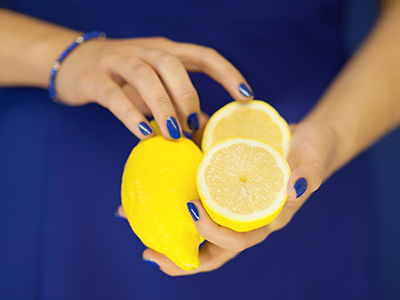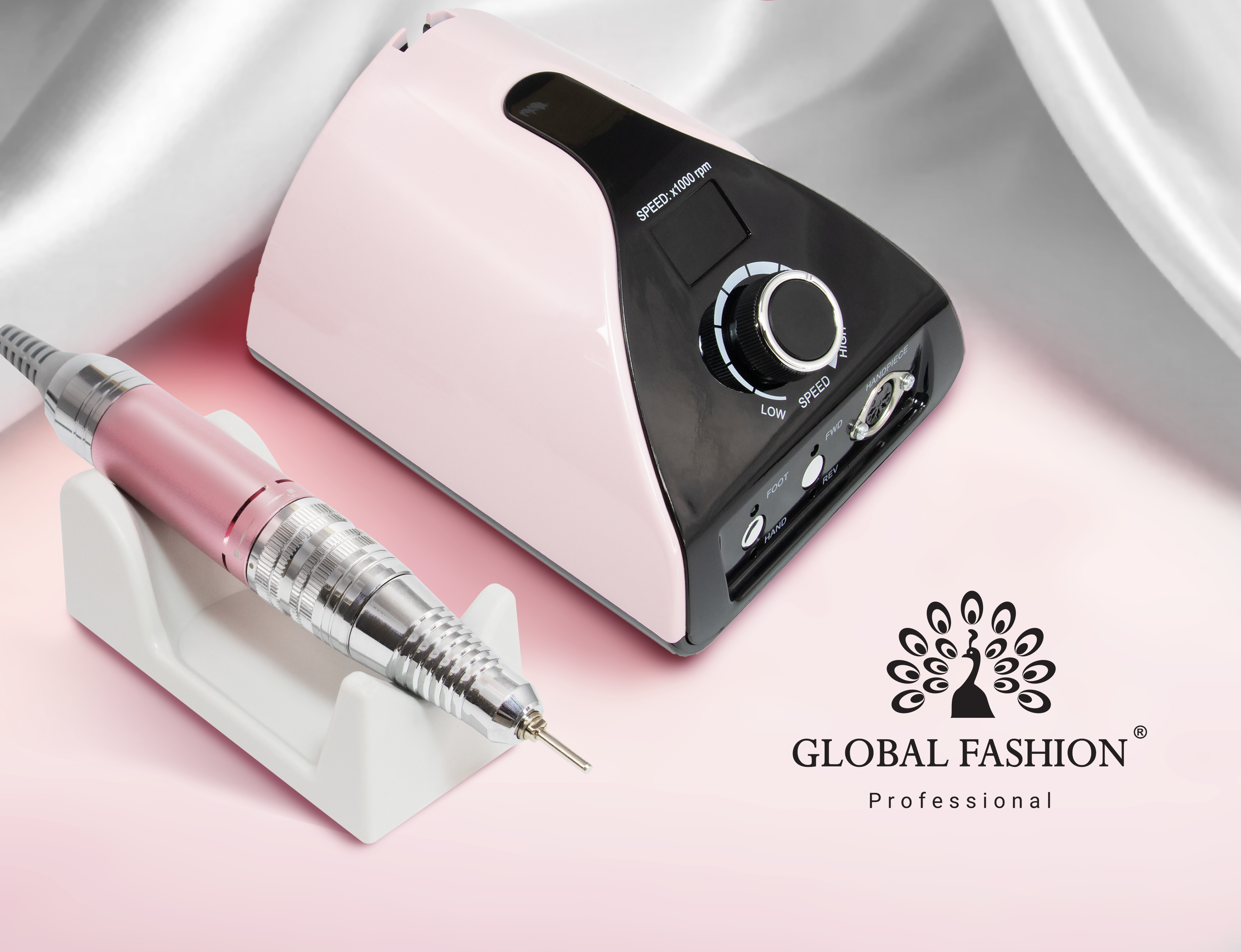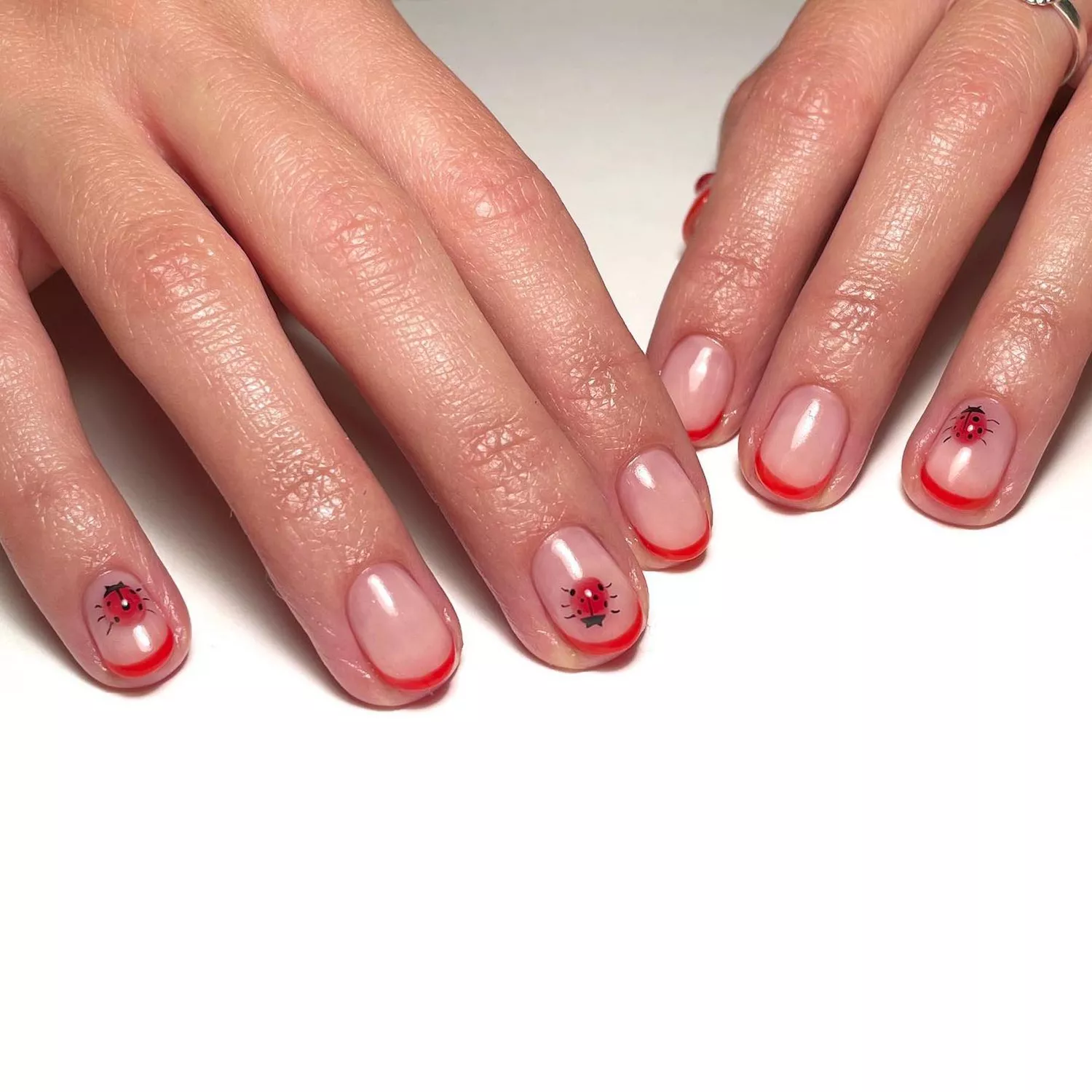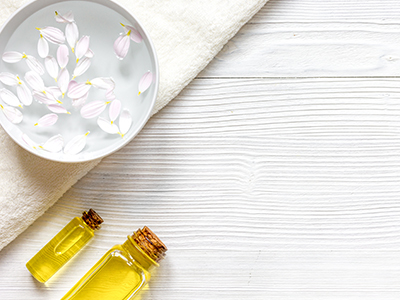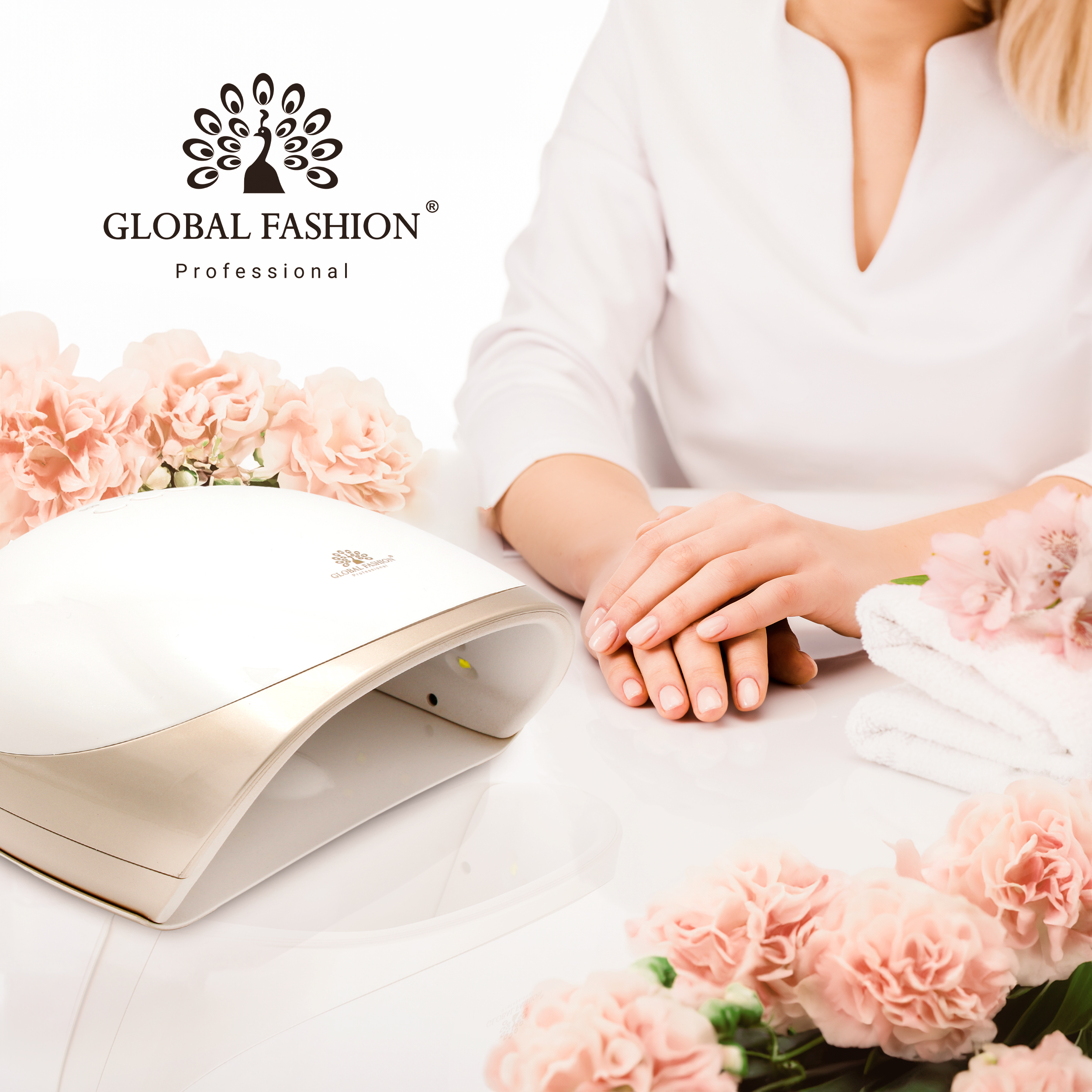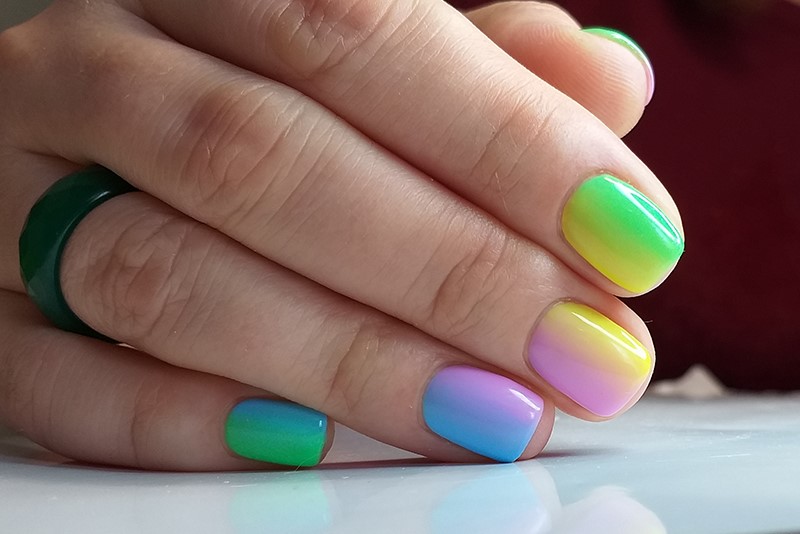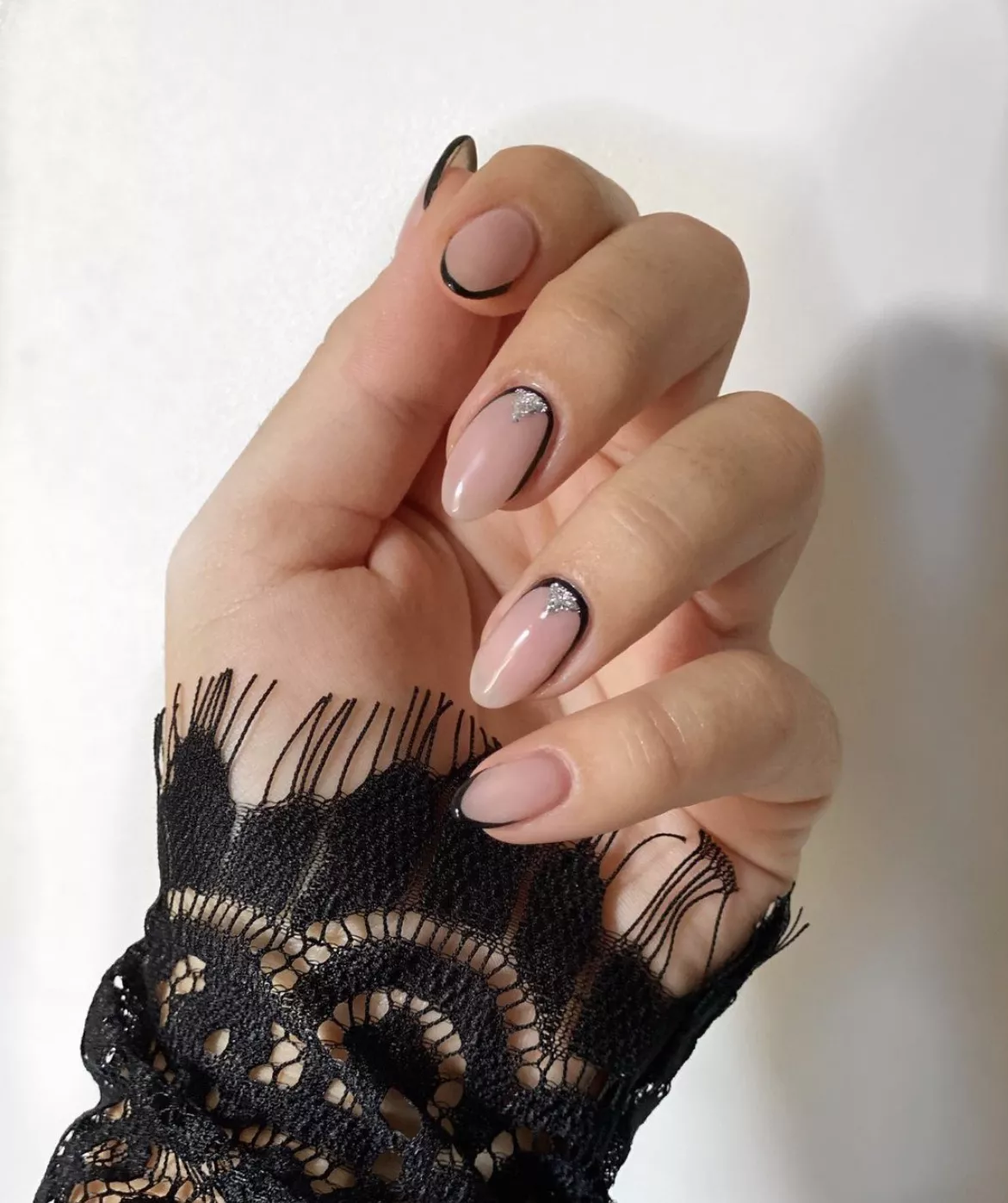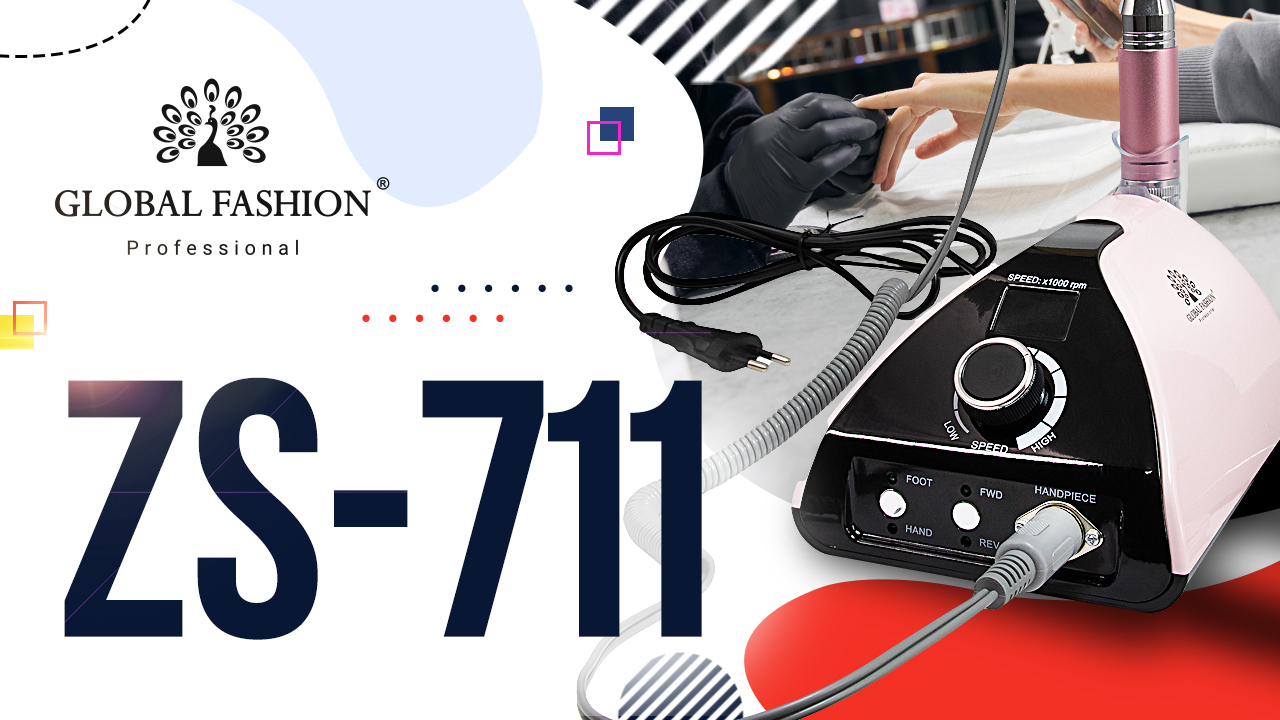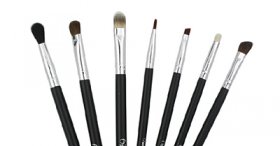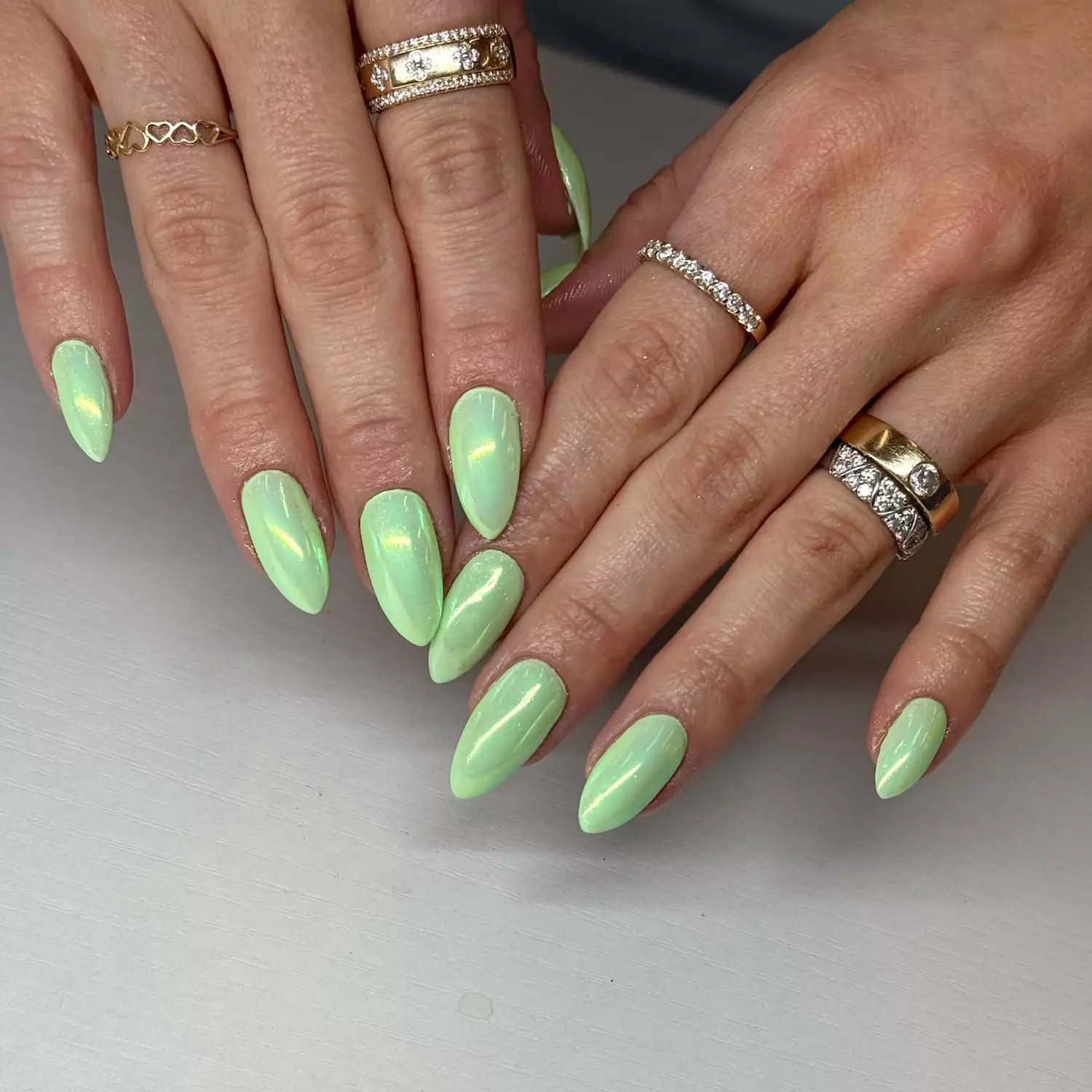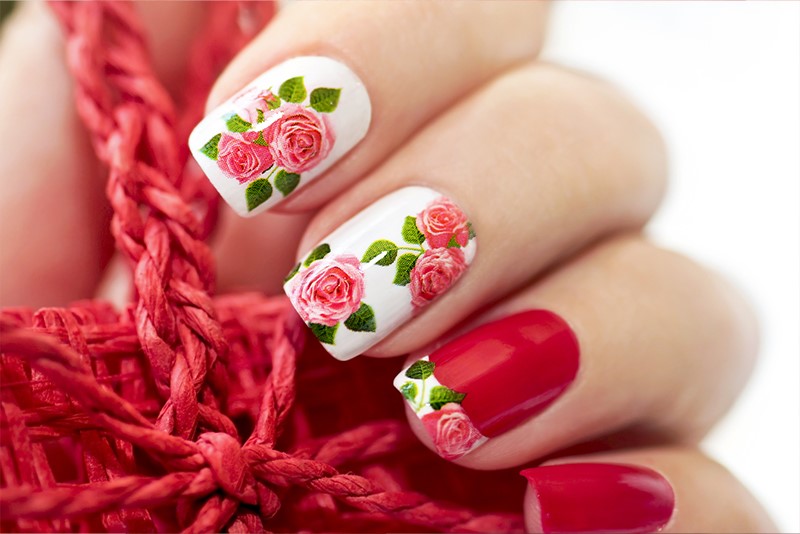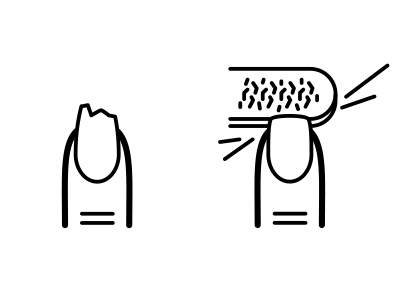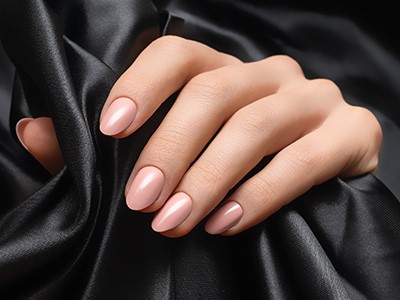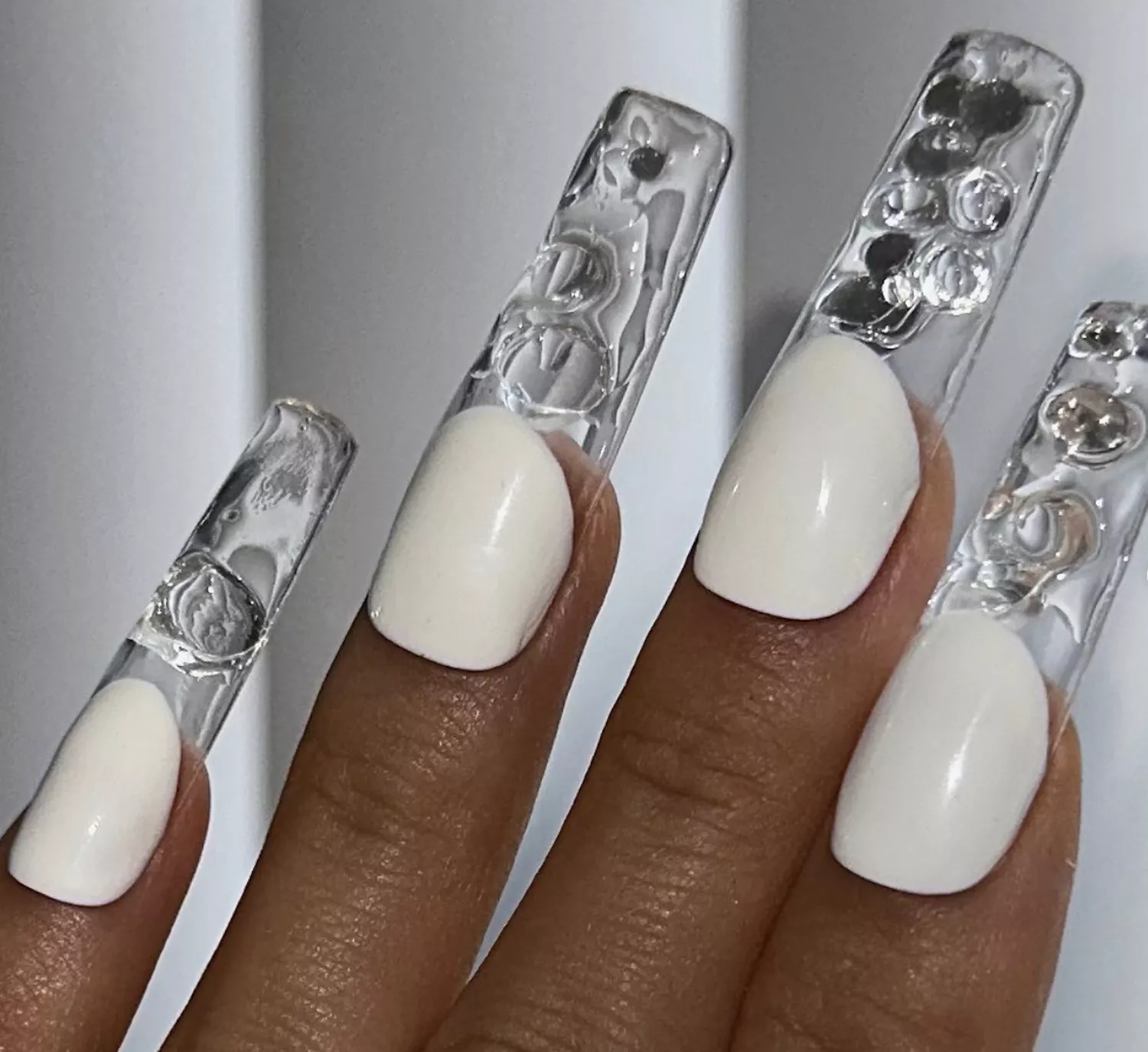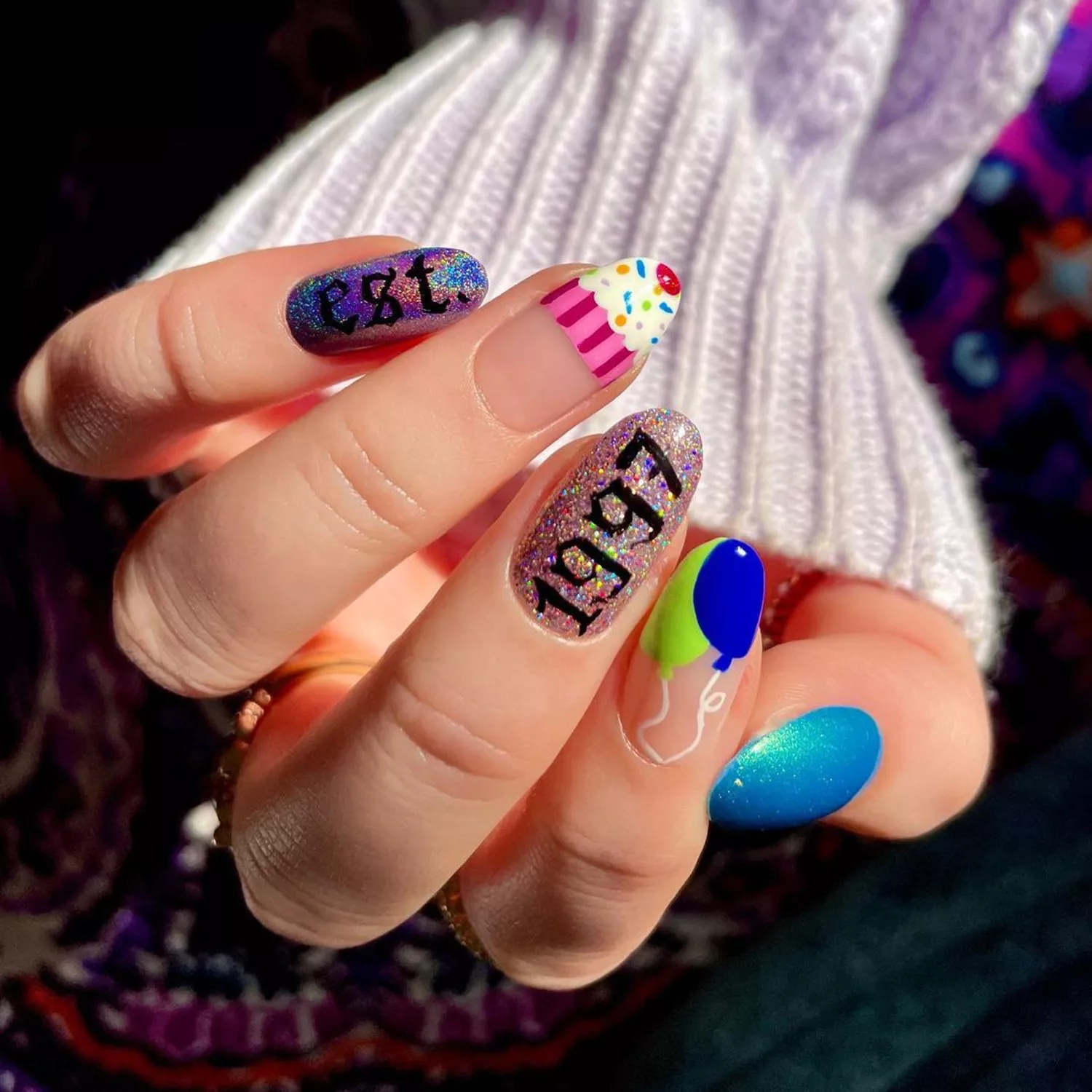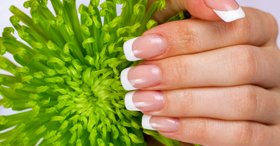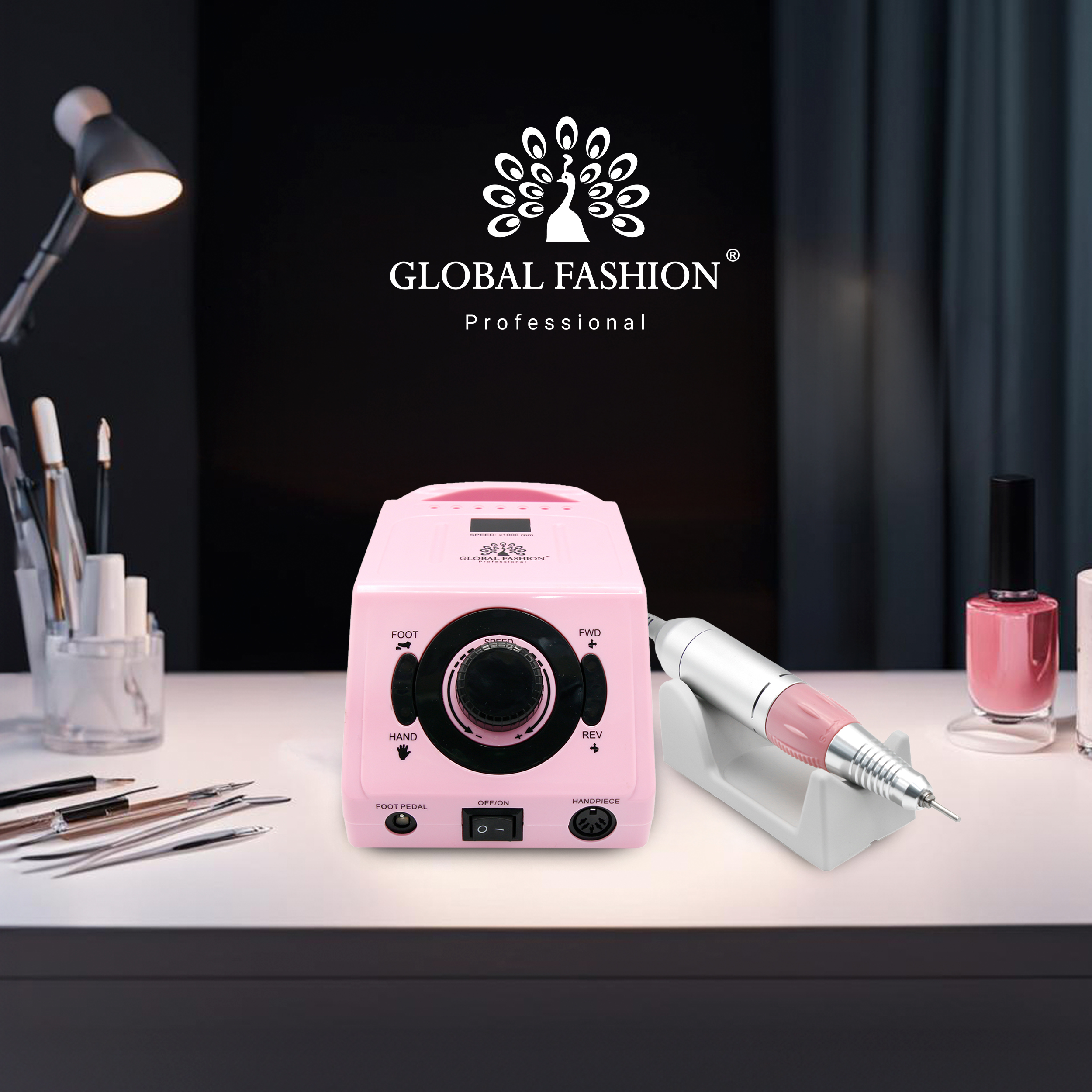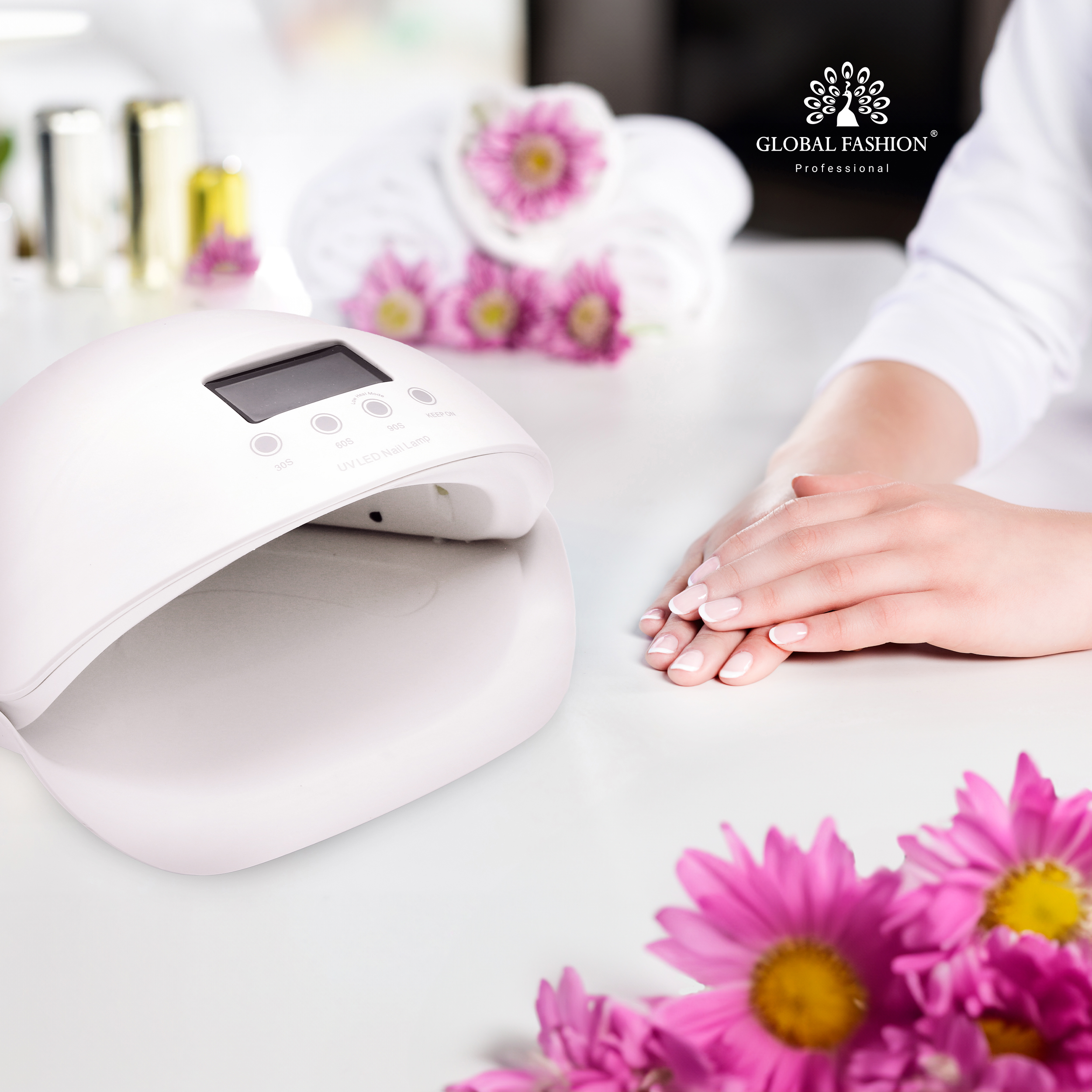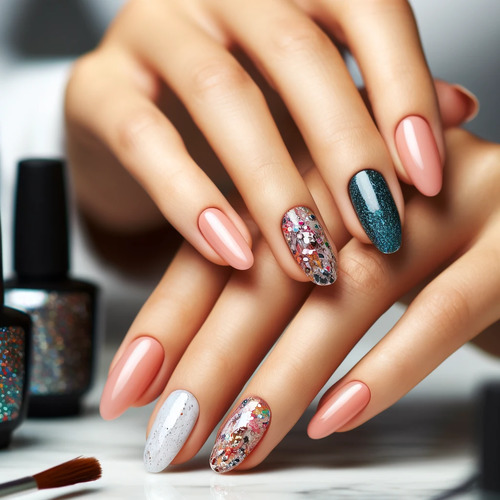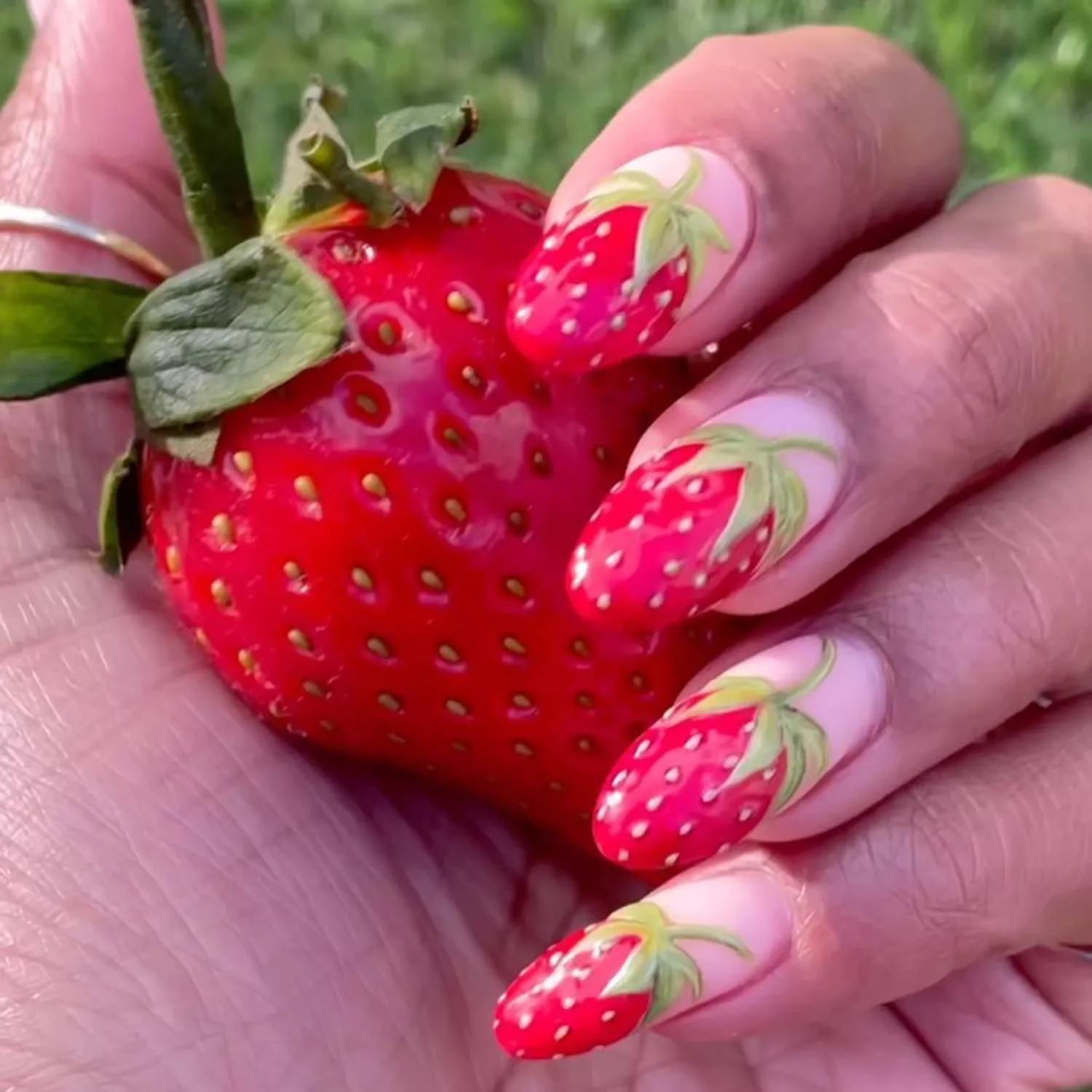Nail extensions on tips or moulds: which to choose
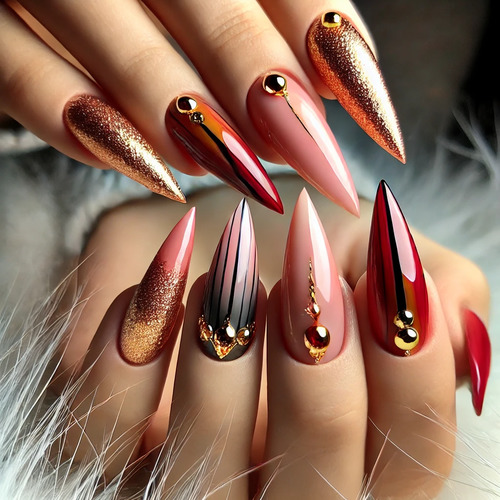
Tips and moulds are two different nail extension methods and each has its own features, advantages and disadvantages. Both methods are used to create long and beautiful nails, but the choice between them depends on the client's preferences, the condition of the natural nails and the desired result. Let's take a closer look at each of them.
What are tips?
Tips are special plastic overlays that are glued to the natural nails to lengthen them. The tips are then coated with gel or acrylic to add strength and complete the extension process.
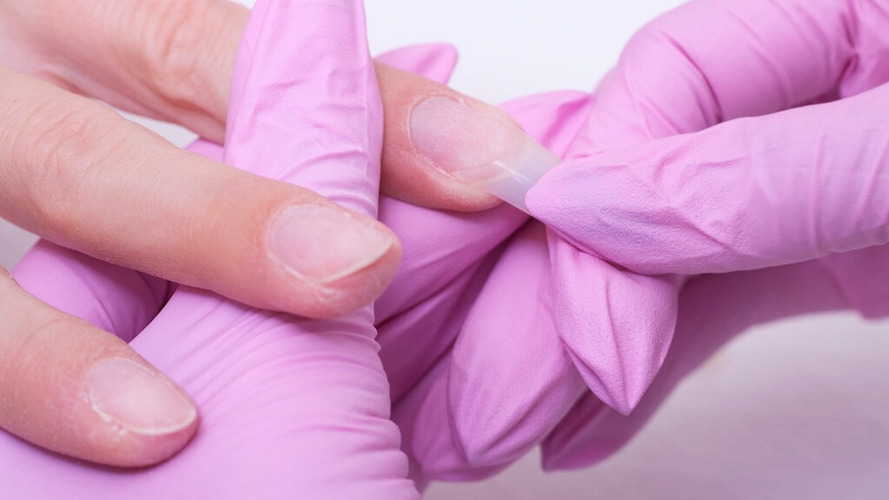
Benefits:
- Versatility. Tips are available in a variety of shapes, lengths and sizes, allowing you to find the right fit for any nail.
- Quickness. The process of extension with tips usually takes less time, as they are already ready and require minimal processing.
- Minimal impact on the natural nail. Tips are attached only to part of the nail, which reduces the likelihood of damage to the nail plate.
- Simplicity. Tips are easier to use and do not require a high level of skill. This can be convenient for beginners.
Disadvantages:
- Less durability. Because the tips are glued onto the natural nail, the bonding area can be a weak point. This increases the risk of peeling and breakage.
- Limited design options. Although tips come in different shapes and lengths, they may not be suitable for creating certain complex designs that require a smooth transition from the natural nail.
67 bought
ID: 16889
6,19 BYN
122 bought
ID: 16887
6,19 BYN
What are nail moulds?
Moulds are flexible templates that are placed on the fingertip and under the natural nail, creating a base for gel or acrylic extensions. The master shapes the nail by hand, modelling it on the mould.
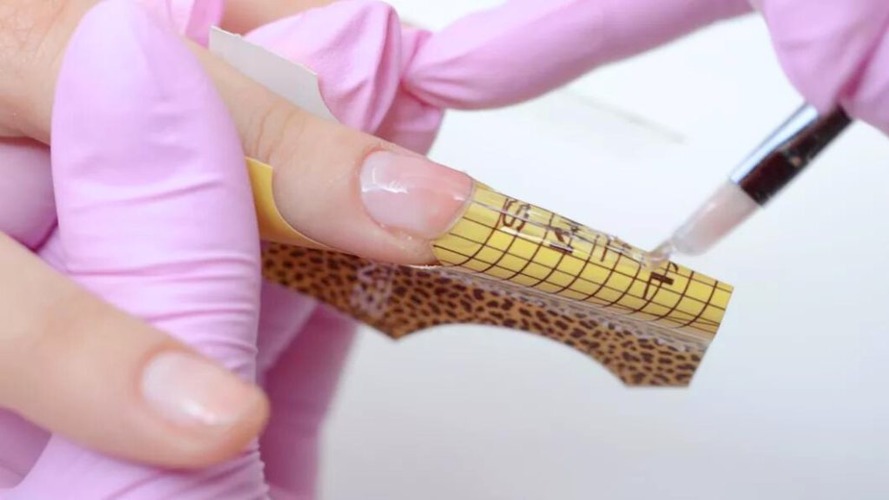
Advantages:
- Durability. Nails built up on moulds are often more durable, as the material completely covers the natural nail, creating a unified structure.
- Natural look. Forms allow you to create a nail, as close as possible to the natural in shape and appearance.
- Flexibility of design. Using moulds you can create any length and shape of nail, including complex and creative designs, such as stiletto, paip, square, etc.
- Versatility. The moulds are suitable for nails of any length and condition, including short and brittle nails.
- Durability. Nails built up on moulds are often more durable, as the material completely covers the natural nail, creating a unified structure.
- Natural look. Forms allow you to create a nail, as close as possible to the natural in shape and appearance.
- Flexibility of design. Using moulds you can create any length and shape of nail, including complex and creative designs, such as stiletto, paip, square, etc.
- Versatility. The moulds are suitable for nails of any length and condition, including short and brittle nails.
Disadvantages:
- Skill Demanding. Working with moulds requires more skill and experience. Incorrectly installed moulds can lead to poor results.
- Duration of the procedure. The process of building up on forms takes more time, since each nail is formed individually.
- Discomfort during installation. Some clients may experience discomfort, especially if the mould does not fit tightly enough to the nail or skin.
What is better to choose: tips or moulds?
The choice between tips and moulds depends on several factors:
1. The condition of your nails. If your nails are short or weak, moulds may be preferable as they provide better support and a stronger build-up.
2. The experience of the craftsman. If you trust a craftsman with more experience and skills, moulds can give a more personalised and aesthetically pleasing result. If the master is less experienced, however, tips may be a safe option.
3. Desired length and shape. For complex and irregular nail shapes, it is better to use moulds. However, if you prefer a more classic or simple design, tipis may be suitable.
4. Time and budget. If you need a quick build-up, tips may be a more economical and temporary solution. Forms require more time and effort, but the result can be longer lasting and more beautiful.
Both nail extension methods have their pros and cons. Tips are convenient and quick to apply, but can be inferior in durability and flexibility in design. Shapes offer more options for creating custom and long-lasting nails, but require more time and skill. Ultimately, the choice depends on your preferences and what you want to get out of your nail extension procedure.
Read also: Acrylic, gel, gel-lacquer: advantages, disadvantages and which to choose
Published: 13.08.2024 08:38
Times Read: 351
6318 bought
ID: 3678
13,92 BYN
3157 bought
ID: 3688
27,95 BYN
1836 bought
ID: 3650
9,28 BYN
567 bought
ID: 5263
3,87 BYN
Why gel varnish does not hold on nails: the opinion of experts
§ Not deleted, partially deleted or poorly pushed back cuticles and pterygium. Purification from them of the
7 solutions for problems with natural nails
Manicureis a part of the image of women so no amount of designer clothes and fashion accessories
